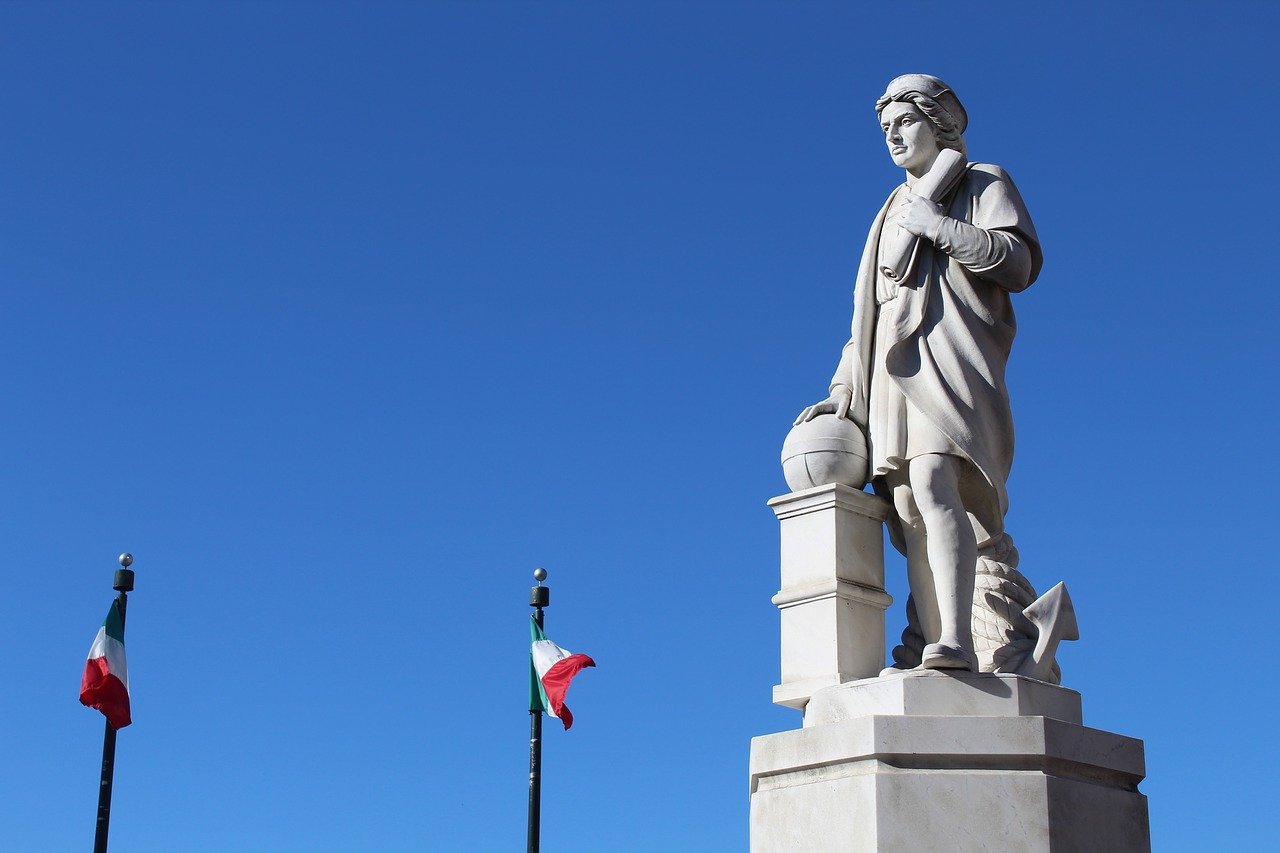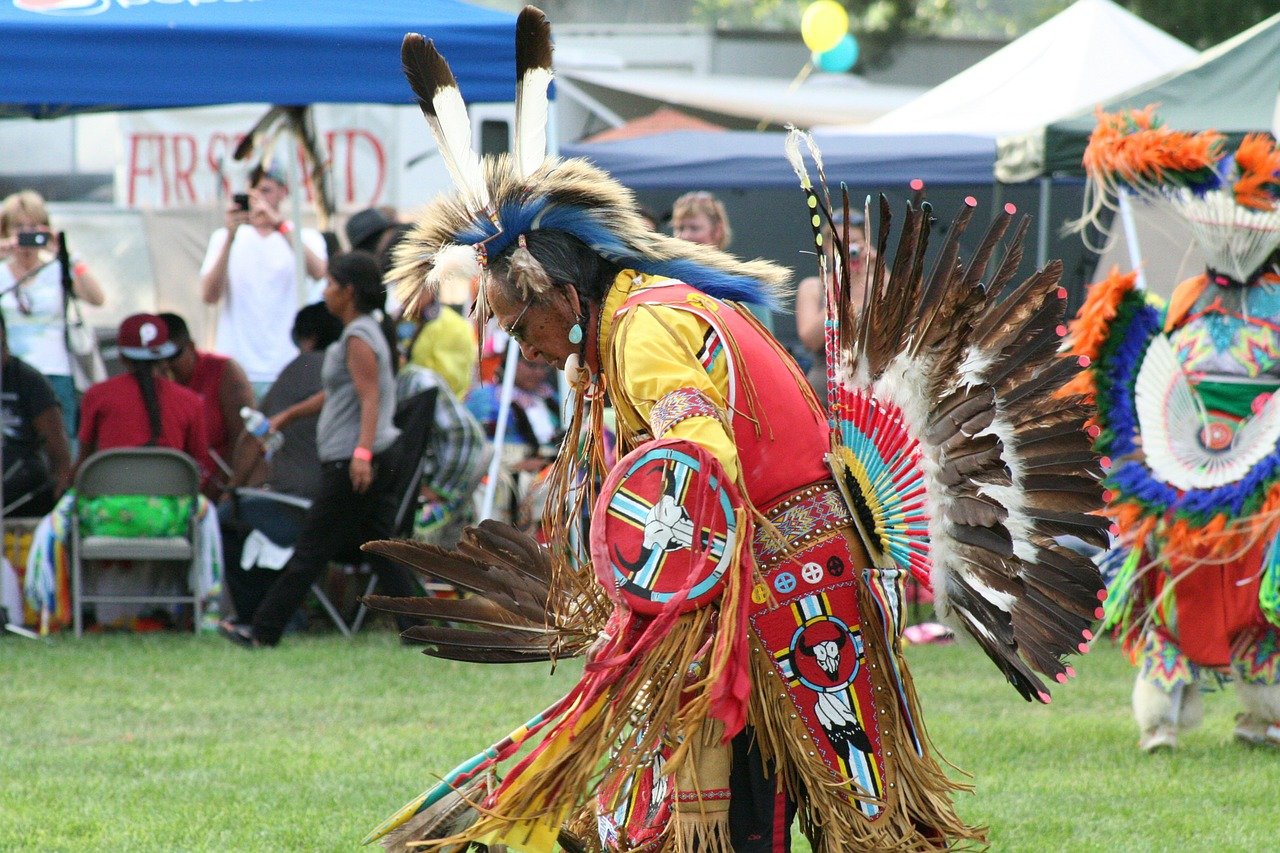
October 11, 2021 marks Indigenous People’s Day and Columbus Day. Only the latter is a nationally recognized holiday, but many across the country feel it should be the other way around.
What is the history of these two holidays and the people they represent?
Columbus Day
As the name implies, Columbus day is a celebration of the day Christopher Columbus first landed on a Bahamian island on October 12, 1492. Columbus had set out to find a new trade route to Eastern Asia. Instead, this Italian explorer, under the funding of the King and Queen of Spain, had made one of the biggest discoveries in the history of the world.
Or so the story goes.
The truth is much more complicated. Columbus did ‘find’ the America’s but he was far from the first to do so. The Vikings had made it to the North American continent as early as 1000 A.D. and most importantly, there were already people living on the continents for millennia.
More than that, Columbus never set foot anywhere near what would later become the United States. His journeys took him to the Caribbean, Central, and South America, but never North America. So how did this man who neither discovered America nor set foot on the North American Continent become the figurehead celebrated annually in the United States?

It started with America’s independence from Britain. The newly founded nation wanted a hero to represent them, but that hero needed to have nothing to do with England. As such, Christopher Columbus, an Italian explorer sailing under the flag of Spain, fit the bill. Because of the disdain for England, early colonists bypassed other candidates such as John Cabot who sailed under the flag of England.
While the first recorded celebration of Columbus Day happened in 1792, the holiday didn’t become widely celebrated until much later. During the 19th century, Italian immigrants began to arrive in great numbers to the United States. They faced hardships and discrimination, and in order to band together and fight back against this discrimination, they rallied around Columbus. He became a symbol of Italian-American pride leading to the first official holiday celebration of Columbus Day on Oct. 12, 1892.
Over time, the celebration became more widespread. And thanks to lobbying by the Knights of Columbus and other Italian-Americans, President Roosevelt declared the first national observance of Columbus Day in 1934. This was followed in 1972 by President Richard Nixon officially making the holiday the second Monday of October.
Indigenous People’s Day

The first celebration of Indigenous People’s Day came in 1990. The idea for it, however, began as early as 1977. At the United Nations International Conference on Discrimination against Indigenous Populations in the Americas, the concept for the holiday was drafted and suggested as a replacement for Columbus Day.
To the Native Americans, celebrating Columbus was to celebrate the erasure of their culture and people. Thus, they suggested Indigenous People’s Day as a way to remember those who were first in America and to celebrate their history.
South Dakota was the first state to celebrate the holiday in the form of Native Americans’ Day. Over the years it has been accepted in addition to or as a replacement to Columbus Day in an increasing number of cities and states across the country. As of 2019, there were 16 states who officially celebrated the holiday, including Idaho.
Columbus Day continues to remain the National holiday, but the push in recent years for Indigenous People’s Day has caused many to rethink the history of our nation and who we choose to honor. Both holidays strive to represent and honor groups of people who have been historically discriminated against.
Only time will tell what the future of the holiday will look like across the nation.

-1.png)
